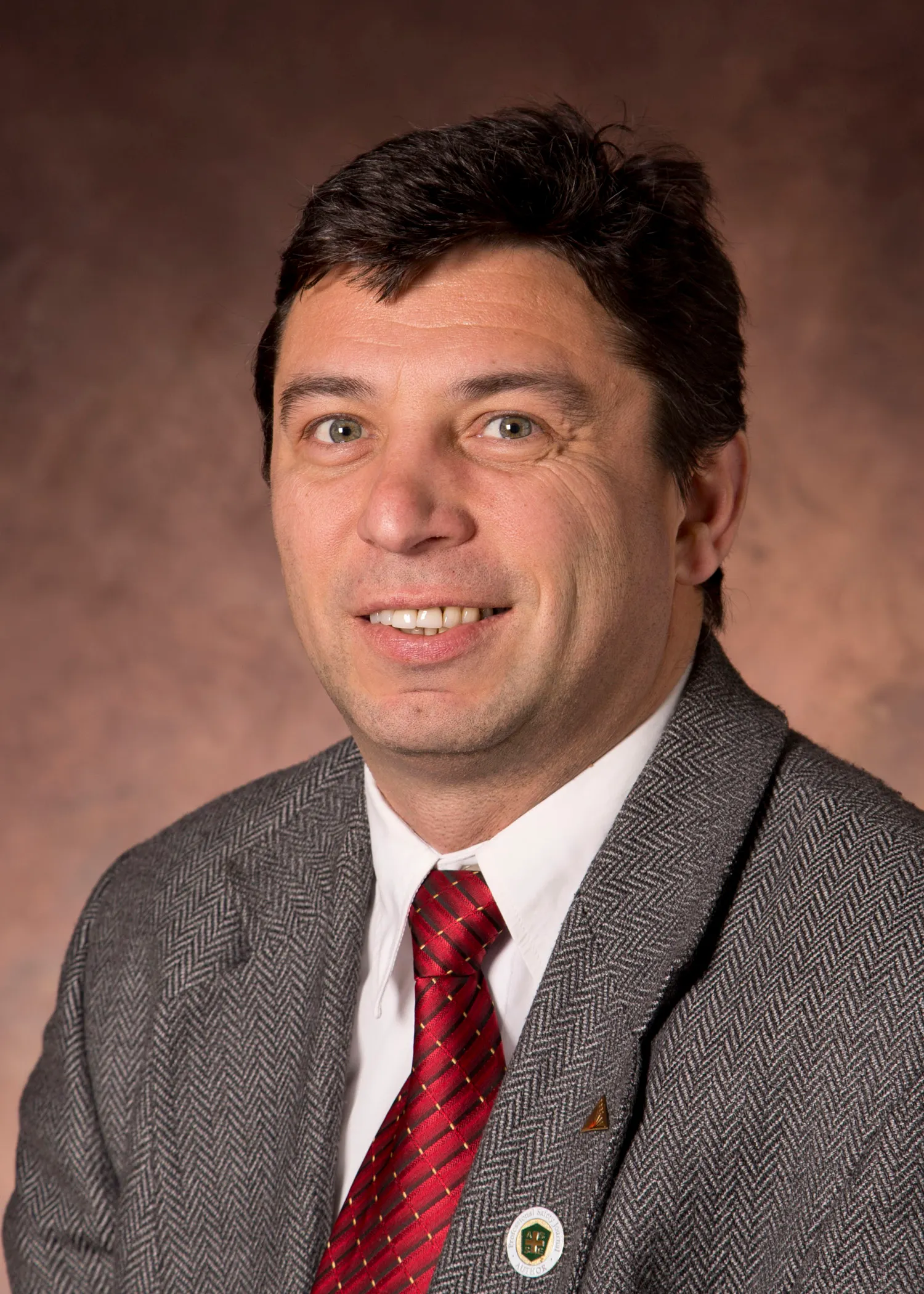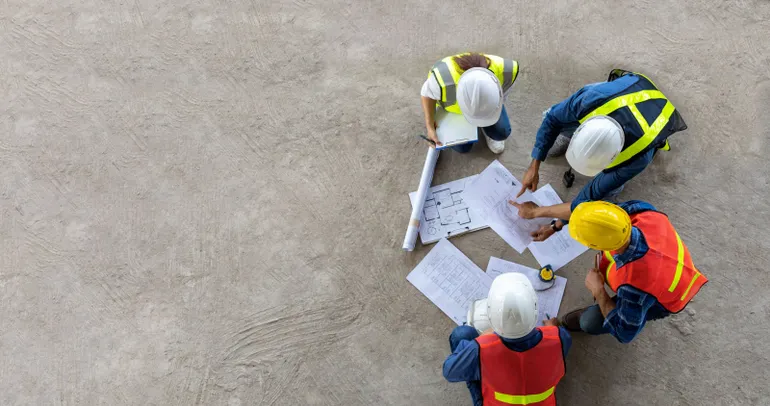The American Society of Safety Professionals named Georgi Popov the recipient of the 2025 Thomas F. Bresnahan Standards Medal on May 17, to honor his work in developing voluntary national consensus standards in environmental health and safety.
Popov, who is originally from Bulgaria, served in his country’s military as an EHS officer for a United Nations mission in Cambodia. He moved to the U.S. in 2000 to work for Kingston Environmental Services, in Kansas City, Missouri. Today, he is a professor in the Occupational Risk and Safety Sciences Department at the University of Central Missouri in Warrensburg.
ASSP recognized Popov with the award due to his work on prevention through design — working to assess risk as a part of project planning — and developing it from concept to reality in the development of the organization’s voluntary standard.
Here, Popov talks with Construction Dive about setting safety standards, how risk management has changed in the last 20 years and where he sees it going from here.
The following has been edited for brevity and clarity.
CONSTRUCTION DIVE: How did you make the transition to being a safety professional?
GEORGI POPOV: I think the profession found me. From a chemical officer [in the Bulgarian army] to an environmental company, that was an easy transition. We dealt with all kinds of environmental health and safety issues in the military. And then we dealt with civilian environmental health and safety issues like asbestos, lead-based paint, mold.

Georgi Popov
Courtesy of ASSP
When the university needed somebody on an emergency basis — at that time I had joined the American Industrial Hygiene Association as my professional organization — I was encouraged to look at the American Society of Safety Engineers, the ASSP’s name back then. So now I have to go to two different conferences.
I started developing new courses, and I expanded not only on the environmental side, but on the safety side and industrial hygiene as well. We established a technical advisory group in the United States, and I started developing different methods of modifying and combining risk management, which is what I do mainly. That’s what we teach.
And honestly, that’s where our profession is going. That’s my opinion and many other experts as well. We went from a compliance-based approach way back when, when I started in 2001, to more of a risk-based approach these days.
You helped create the prevention through design standard for ASSP, first published in 2011. What is the most important thing to know about it?
Our goal is to manage risk throughout the life cycle of a system or building, starting with the design concept.
It turns out that safety professionals spend 90% of the time in the operational phase where we do program management compliance audits, incident investigations, employee training, loss analysis. So we spend 90% of the time in an operational base and only 10% of the time in pre-operational.
That’s shifting. Now, a lot more of our safety managers and professionals are involved early in the design phase before we make it operational. And if we do that, we’re going to have fewer of what I call “embedded risks” in the operational phase.
Imagine, for example, if we can substitute with less toxic materials. We’re going to deal with fewer risks in the operational phase. And of course reduced cost for decommissioning and end of service. So, that’s the core of the prevention through design standard. We want to be involved early in the design phase and design out the occupational health and safety risks.
You mentioned that two decades ago there was a compliance-based approach to safety and that today it’s more risk-based. How has that evolved over time, and do you see that trend continuing?
Yes. The answer is yes, yes, yes.
Now, how it evolved, when OSHA started promulgating standards in the United States, we didn’t have existing standards. But then after 2000, more organizations realized that safety is integrated with quality, profitability and the reputation of the organization.
So, we’re looking at so-called enterprise risk management. There we have four quadrants. We have the hazard risks or occupational risks, then we have the operational risk, financial risks and the strategic risks.
If you look at safety and how that evolved, we’re right in the middle of that risk quadrant. Because if we have injuries and illnesses, we’re going to have operational delays. That means we have financial losses. That means our reputation will suffer. When you put all that together, it’s not that difficult to explain to upper-level management.
You said 10% of risk assessment is happening in the pre-operational phase. Is that shifting?
So here’s how sometimes we have — I wouldn’t call them conflicts — but sometimes misunderstandings with the designers and engineers. “You don’t belong here. Let us design it. And then you guys come in with your safety vests and hard hats and steel-toed boots.” And I would ask them, “What if you don’t design it very well?” Of course they say, “We always do.”
One way that I found to work is you speak their language. So basically they use risk assessment methods like failure, mode and effect analysis, but we use the same methods. So, if they tell you “You don’t understand what we do in engineering,” you ask them, “Well can you show me your failure mode and effect analysis?”
Then they’re very eager to show you how they have done risk assessments. Many organizations realize that it’s a lot cheaper to involve safety professionals early in the design phase to avoid risks. And I think that’s improving quite a bit.
That 90-10 figure that I showed was the survey from 2011-2012. So during the last 10-12 years, things have improved. And based on my observation, that number could be around 80-20 now. But imagine if we bring that to 90% of the time where our safety managers will be involved early in the design phase.
View the original article and our Inspiration here


Leave a Reply